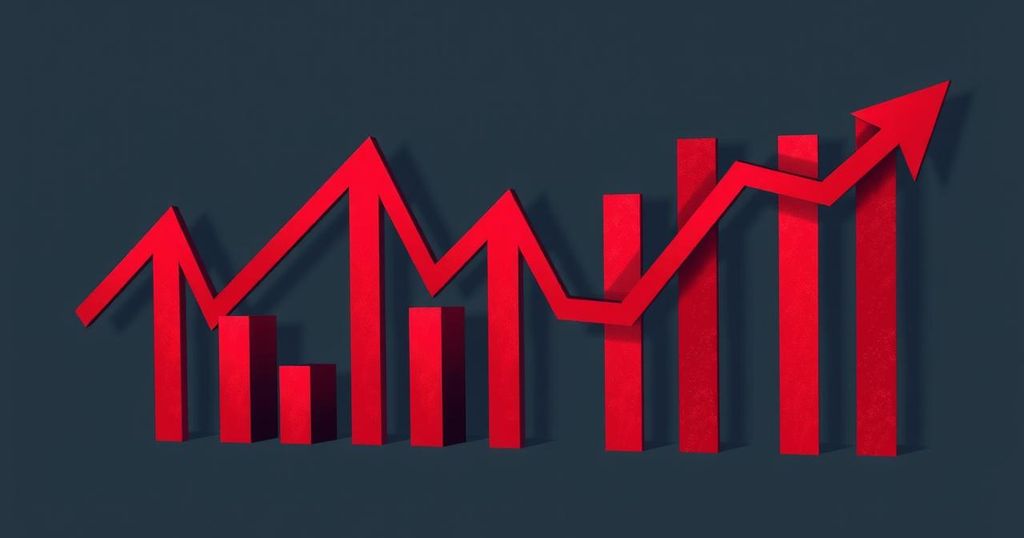President Trump has set March 4 as the date for imposing tariffs on Canada and Mexico in response to the ongoing drug crisis, particularly fentanyl trafficking. Goods from both countries will incur a 25 percent tariff, while additional tariffs on China will reach 10 percent. This decision reflects an effort to mitigate illegal drug flows into the United States.
On March 4, United States President Donald Trump will implement proposed tariffs on goods imported from Canada and Mexico. Previously scheduled for February, these tariffs received a one-month suspension due to diplomatic negotiations. The President’s decision stems from concerns regarding the influx of illegal drugs, notably fentanyl, from these neighboring countries into the United States.
President Trump announced that these tariffs will remain in place until the drug flow either significantly diminishes or ceases altogether. Furthermore, he revealed that China will face an additional 10 percent tariff beginning on the same day. The administration intends to hold Canada and Mexico accountable not only for drug trafficking but also for broader illegal immigration issues.
Trump’s recent social media post elaborated on the severity of the drug crisis, stating that over 100,000 Americans had died from opioid overdoses last year, indicating the dire need for action against the drug trade. He remarked, “Drugs are still pouring into our Country from Mexico and Canada at very high and unacceptable levels.”
The tariffs imposed will amount to 25 percent on goods from Canada and Mexico. In contrast, goods from China will see an additional 10 percent on top of the existing 25 percent tariff. The announcement aims to pressure these countries to address urgent issues related to drug smuggling and immigration.
In conclusion, the introduction of tariffs by President Trump reflects a commitment to curbing the drug crisis and holds Canada, Mexico, and China responsible. The administration hopes that these economic measures will foster cooperation in stopping illegal immigration and drug trafficking. The tariffs will officially come into effect on March 4, 2023.
In summary, President Trump’s announcement regarding tariffs on Canada, Mexico, and China underscores a strategic approach to combat the drug epidemic in the United States. Starting on March 4, the tariffs are intended to apply economic pressure to address illegal drug trafficking and immigration challenges. The persistence of this issue remains a critical concern for national health and safety. Overall, the tariffs signify a greater response to the ongoing crisis involving fentanyl and other illegal drugs, with a firm stance on international cooperation against such challenges.
Original Source: www.hindustantimes.com




